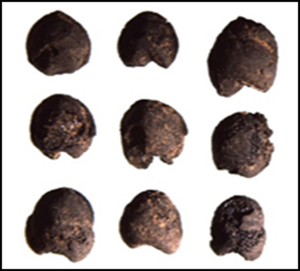Article contents
Water and soil management strategies and the introduction of wheat and barley to northern China: an isotopic analysis of cultivation on the Loess Plateau
Published online by Cambridge University Press: 09 November 2022
Abstract

Studies of ‘food globalisation’ have traced the dispersal of cereals across prehistoric Eurasia. The degree to which these crops were accompanied by knowledge of soil and water preparation is less well known, however. The authors use stable isotope and archaeobotanical analyses to trace long-term trends in cultivation practices on the Loess Plateau (6000 BC–AD 1900). The results indicate that ancient farmers cultivated grains originating in South-west Asia and used distinct strategies for different species. Barley was integrated into pre-existing practices, while wheat was grown using novel soil and water management strategies. These distinct approaches suggest that the spread of prehistoric crops and knowledge about them varied by local context.
- Type
- Research Article
- Information
- Copyright
- Copyright © The Author(s), 2022. Published by Cambridge University Press on behalf of Antiquity Publications Ltd.
Footnotes
Haiming Li and Yufeng Sun contributed equally to this work
References
- 4
- Cited by




